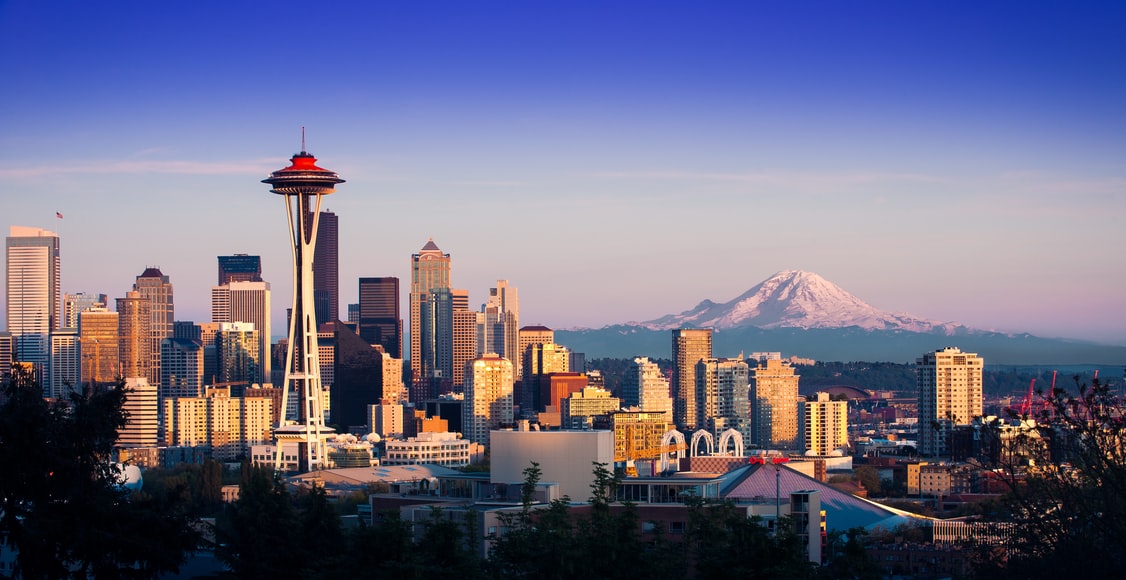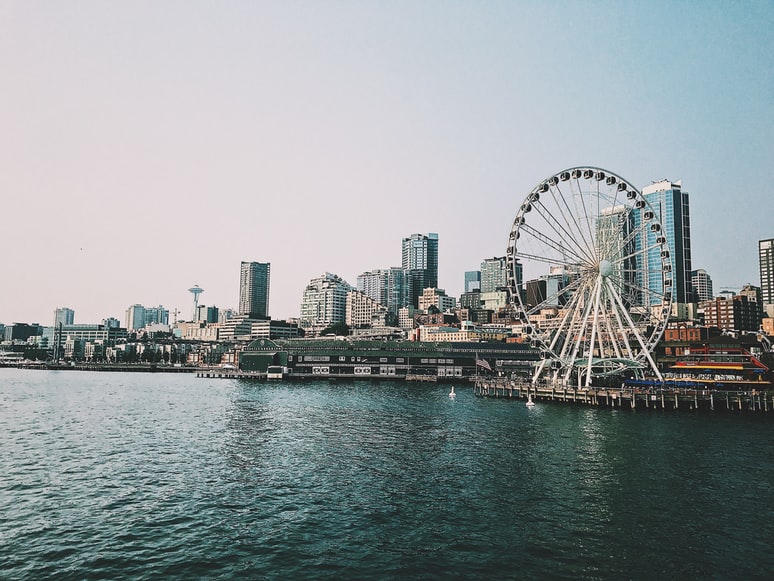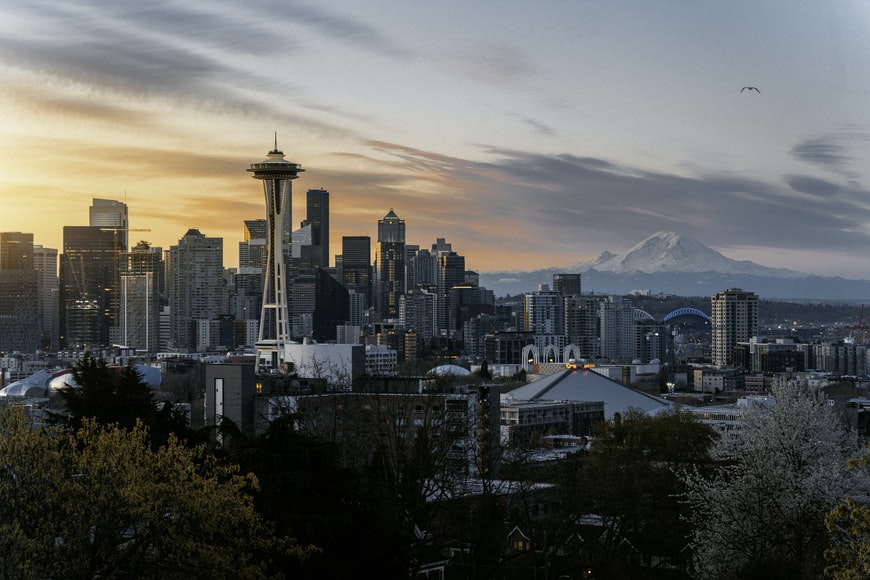Best Time To Visit Mount Abu – Travel Guide In 2022
BY Nabamita Jul 28, 2022
Hidden from the hubbub of crowded cities and tourist destinations lies one of the most beautiful spots of Rajasthan. Mount Abu is the only popular place in Rajasthan up in the hills. With beautiful lush greenery aesthetic and serenity that you wouldn’t wanna leave the beautiful place. Mount Abu is one of the most popular destinations among couples for their honeymoon. Known as “The Hill of Wisdom,” up there in Mount Abu are the pilgrimage destinations for Rajputs and Jains. One of the most popular among them is the Dilwara Jain Temple, built around the 11th to 13th centuries. Before you plan a trip to Mount Abu, you should know the best time to visit Mount Abu. Most of the time, the climate is great for tourists to visit Mount Abu. But for you to get the best experience, visit here in Mount Abu; let me break down the best time to visit Mount Abu. MonthSeasonMin/Max TemperatureWeatherNovember to FebruaryWinter16-22CCold and PleasantMarch-JuneSummer31-36CWarm and HotJuly to OctoberMonsoon28-34CIrregular Rainfall Best Time To Visit Mount Abu For every tourist destination, there is a perfect time when you should visit that place, for Mount Abu best time to visit. Peak Season For Mount Abu, the peak season for tourists is from November to February. Every nook and cranny of the mountain is decorated in festive wear. So this would be the best time to visit Mount Abu. Shoulder Season Since it's the summer in Mount Abu, you won’t be seeing many tourists. But if you like peace and tranquility, then this is the best time to visit Mount Abu. Without the horde of tourists, you can actually see the beauty of the mountain. Off Season The off-season for Mount Abu is the monsoon months from July to October. The rainfall here is quite irregular. But during these months, you can see the freshness of the mountain is revealed after a shower. Best Time To Visit In Mount Abu And Why? 1. Winter In Mount Abu November to February Temperature The climatic condition of Mount Abu during winter ranges from 16 to 22C. During the day, it can rise up to 27C, and during the night, it can fall to 10C. Weather As it doesn’t snow in Mount Abu, the feels very soothing and cool. It perfectly compliments the hotness during the daytime. The weather is optimal for sightseeing and traveling around. Significance Mount Abu has a rich history to itself; you can find it being mentioned as Abudaranya in Puranas. Most pilgrimage spots and forts here date back to the 11th century. Why visit now? This is no doubt the best time to visit Mount Abu. With the perfect weather, you can enjoy each and every tourist spot now. Most festivals here take place during the winter months. So you can even enjoy the hospitality and the culture of the place. Events such as dancing, music, light show, fireworks, and even flying kites take place at this time. Things to know Since the winter months is the peak tourist time, so be prepared for the crowd. It is also possible that hotel rates are going to increase. Try to visit towards the end of December so you can visit during the winter festivals. 2. Summer In Mount Abu March to June Temperature In The summer months in Mount Abu, the temperature ranges from 31 - 36C. During the day, it can rise to 40C, and at night it falls to 27C. Weather Even in the summer months, you can easily experience irregular rainfall. But the heat is not in an extreme range. During the summer months, due to the summer vacation holidays, you can expect a lot of crowds here. Significance The heat here in Mount Abu is not as scorching during the summer months, so you can enjoy it as well. Only by carrying a good amount of sun protection. You can easily beat the heat. Why visit now? The best time to visit Mount Abu wildlife sanctuary is during the summer months. The forts and museums are great places to visit during the summer months. Here is Trevor’s Tank; you can even encounter crocodiles up close. Things to know Even in the summer months, you are going to see crowds, so expect to see long lines for certain places. Since it will be hot, try to visit the indoor attractions during the morning and afternoon. And the outdoor places in the evening when the weather cools down. 3. Monsoon In Mount Abu July to October Temperature The temperature during the monsoon months remains around 28C to 34C. It rains irregularly throughout the day, and that makes the air humid. Weather During the monsoon months, the weather doesn’t go up more than 28C. The rain makes the weather cooler after the summer. Surrounded by desert, the fresh greenery of Mount Abu looks fresh during the monsoon. Significance The serene beauty of Mount Abu during the monsoon months is beautiful to even experience. The rain showers freshen ups the mountain. The whole surrounding creates a relaxing environment. Why visit now? During the monsoon, the surrounding looks fresh and more lively. Since not a lot of tourists visit at this time, you can have the whole place for yourself. This is the best time to visit Mount Abu if you just want to relax and enjoy nature. You can talk for long walks and enjoy the local culture. Things to know Since not a lot of tourists visit here during the monsoon, you will get a lot of discounts on hotels. Though it doesn’t rain heavily, enough to hamper your plans for sightseeing. So keep that in mind while planning an itinerary. Frequently Asked Questions (FAQs): 1. Which Month Is The Best Time To Visit Mount Abu? Even though you can visit Mount Abu any time of the year, the best time to visit Mount Abu is from November to March. 2. How Many Days Are Needed To Visit Mount Abu? You would need about 3 to 4 days to visit the whole of Mount Abu. 3. Which Is The Best Time To Visit Udaipur And Mount Abu? For Mount Abu, the ideal months are November to March. And for Udaipur, the ideal months are from September to March. Visit Now! As you can see, you can visit Mount Abu any time of the year, but what you need to know is the climatic conditions of that time. It is very important to know the essential things to carry for every weather. Like during the winter carrying warm clothes is important. Bring enough sunscreen during the summer and don't forget to carry your umbrella during the monsoon. If you keep these things in mind any time can be the best time to visit Mount Abu. Read More: Which City Is Known As The City Of Lakes? Top 7 Best Places To Visit In Darjeeling – Travel Guide Top 5 Best Tourist Places In Coimbatore – Travel Guide














